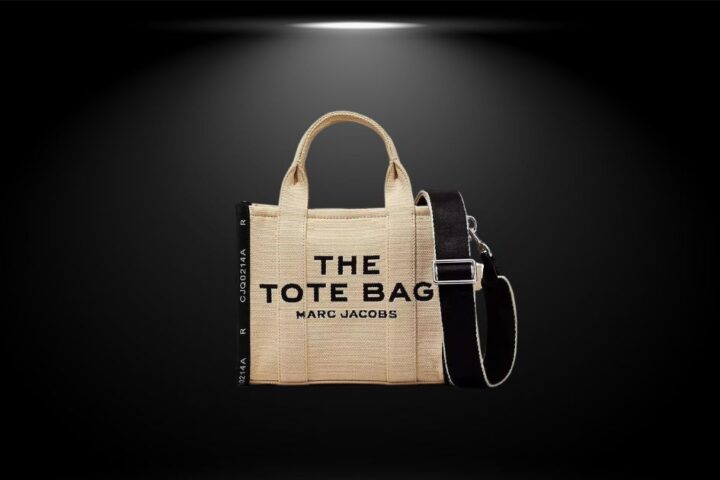Locked away in our homes for more than a year, a lot has changed. We’ve witnessed a rapid increase in demand for all things digital, right from entertainment to shopping. In this digital age, designers too are looking to bridge the gap between reality and fantasy. The future is here – and we can wear it.
From Fabric to Pixels: The Digital Shift
Hyper-real digital fashion is an umbrella term for ‘hyper-realistic’ fashion through tech. It is the visual representation of clothing brought to life by technology and 3D software. Fashion houses have started cashing in on the Gen Z trait of ‘buy-wear-post-dispose’. The line between physical and digital clothing has now been blurred and the recent launch of virtual sneakers by luxury fashion house Gucci is a testament to the same. The drop is not an isolated instance, and the trend is picking up across the globe with the first ever digital couture piece being recently sold for a whopping $9500. The world might have come to a standstill, but the show thrived with online gaming avatars parading around in hype sneakers and Louis Vuitton garbs. Apart from the convenience of wearable technology, it also acts as the missing piece in the fashion industry’s sustainability puzzle. Anything created digitally produces absolutely no physical waste and is hence, sustainably sound. However, despite the benefits, there are concerns surrounding this digital boom. So, what’s the catch?
Addressing Piracy Concerns
Given the well-established nature of physical and tangible clothing, the intellectual property law concerning the same is well-settled. However, several legal pitfalls need attention when it comes to digital fashion. Now, there are two possible scenarios – first, that a brand designs a piece of digital clothing with no existing physical counterpart, and second, that a brand’s existing physical clothing is later digitised.
With the first situation, there is the question of tracing the original creator of the digital design. When you walk into a store and buy a branded dress, it comes with a label which assures authenticity. With hyper-real fashion, there is no attached label or certificate. Moreover, considering the digital form of its existence, replication of the design can occur on a larger scale. This threatens the demand for luxury brands which is rooted in their exclusivity and singularity. To get around this, brands can make use of Non-Fungible Tokens [NFTs]. NFTs are blockchain-based decentralized digital assets which can neither be traded nor exchanged for any equal value substitute. They possess unique identification codes which are non-replicable and hence allow the original creator’s intellectual property to be traced to the digital textile, dye and design. The NFT then becomes equivalent to the label one finds on physical garments. Thus, any duplicate will not possess the authenticity of the original and this ensures the exclusivity of the brand. If the designer wishes to maintain singularity of the garment, they can lose their right to reproduce the same by selling the NFT-certified garment, thereby allowing the purchaser to reap the fruits of their limited-edition purchase. Collectors would be more interested in rare fashion NFTs, and the scarcity aspect of the same will help boost the demand. When it comes to physical clothing, brands do not profit when buyers resell their products in the market. With NFT-based assets, brands no longer have to miss out on this lucrative opportunity. Every time the NFT changes hands, the brands are assured a piece of the pie in the form of royalties.
Coming to the second scenario, that is, when a brand digitises an existing piece of physical clothing. While the brand will have ownership rights over the physical garment, this right surprisingly does not extend to its digital twin. To better understand this, let us consider the following situation –
A brand, say X, sends their physical design to a 3D designer for digital recreation. The latter then uses software tools to animate the design. X does not own the digital version of its design as the ownership now lies with the 3D designer or the software agency they are associated with.
Then, what are X’s options if it wishes to retain ownership of the digital version of the garment? The simplest way to get around this would be for X and the 3D designer to enter into a contract that allows ownership of the virtual design to be transferred to X after digitisation. However, X will find itself in a sticky situation if there are multiple agencies which work on building the 3D design. For example, one agency may be working on producing the design, another might be animating the same, and a third may be responsible for combining the design and animation in a 3D setup. In such a case, a license agreement can be put in place to determine the relationship between all the parties involved. This agreement would contain provisions dealing with ownership rights to alter, repurpose or use the digital garment.
The Interplay between Digital Fashion and Privacy
While for many trying on clothes underlies the physical shopping experience, can the same be translated into the metaverse too? Yes, several brands are making use of applications which provide body scanners and other at-home ‘try-on’ methods to achieve this. However, there are serious privacy concerns which need to be considered in this context. While these methods further convenience, they carry the potential to collect, store and even share huge amounts of user data. For example, a customer who wishes to customise their purchased dress, might have to undress to determine their measurements. In this process, the in-app technology can capture private pictures of not only the individual but also their surroundings. What is even more concerning is that this data can be accessed by employees of the brand, further abusing their right to privacy.
What Lies Ahead
Fashion houses must seek to limit the data that they collect during the process and enforce stringent data security rules to protect this information. Understanding the overall technology to be used, and framing detailed agreements with the technology companies will be an essential first step for the brands in this regard. The technology boom in the fashion industry influences both designers and customers, but also raises unprecedented legal concerns. The ingredients of intellectual property clearance, privacy protection and data security are key to the melting pot of technology and fashion. With the advent of futuristic fashion, there is a need for both forward-thinking lawyers and brands.
Authors:
Authors are Law students of NALSAR Hyderabad.


Ishika Garg’s research interests lie in human rights and fashion law.
Disclaimer: Views expressed are of authors.










